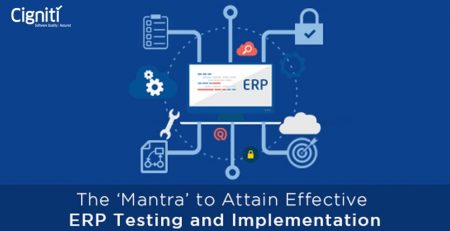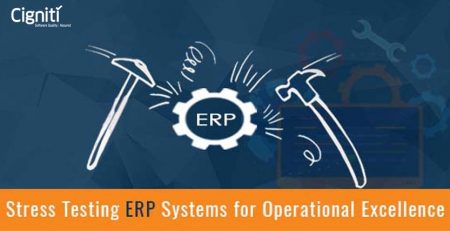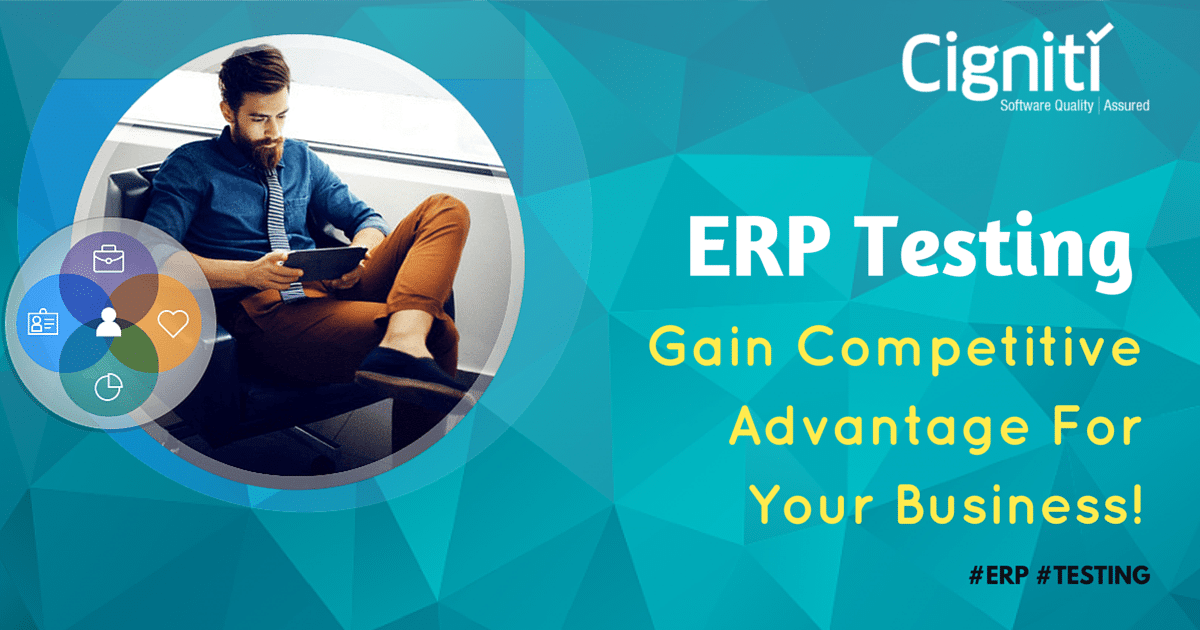Solving the common challenges of SAP HANA implementation
|
Listen on the go!
|
Set to revolutionize the way businesses leverage data for decision-making, SAP HANA offers a comprehensive platform with in-memory, column-oriented, relational database management system. The platform accelerates data processing through in-memory storage for real-time analysis, insights, and action. By taking a column-wise storage approach, as against the previous row-oriented storage, SAP HANA simplifies IT complexity and enables faster data aggregation.
It acquires and integrates data from a variety of sources and Internet of Things in real-time and allows users to store and retrieve data as and when required. Having advanced analytics and ETL capabilities, SAP HANA is capable of processing text, spatial, graph, and series data for improving the decision-making abilities of any business. It supports real-time analysis of live data and reduces data redundancy, footprint, hardware, and IT operations. Using a single, secure, modern data platform, it transforms the way businesses manage their data. With the help of SAP HANA, organizations can achieve agility, streamline their IT processes, minimize downtime, and support compliance with the security standards.
By offering a single secure environment for the management of large volumes of structured as well as unstructured data assets, SAP HANA improves the total cost of ownership within an organization and enables the creation of innovative applications. It offers next-gen Hybrid Transactional & Analytical Processing to support business intelligence while allowing the organization to choose their choice of storage option including hybrid and multi-cloud. There are a host of features, benefits, and capabilities that organizations can leverage with SAP HANA implementation. However, at the same time, there are several challenges that they face during the adoption, leading to the failure of implementation. In this blog, we will be talking about the common challenges that organizations face while migrating from their legacy system to SAP HANA as we offer a pragmatic solution for each one of them to ensure that your organization is able to leverage all the promises of the platform. But first, let’s understand the best practices to follow for SAP HANA implementation.
- Build a strategy: A clear plan stating what, why, and how of SAP HANA adoption should be put in place before the actual implementation, deployment, or migration starts. The roadmap or strategy should be detailed and thorough, including a blueprint of the implementation plan. It should consider the existing business processes, hardware and infrastructure, IT landscape, and then map the organization goals against them. Doing this end-to-end business workflow mapping can offer a fair idea of the potential costs, ROI, and performance improvement that would be obtained from SAP HANA implementation.
- Consider your deployment options: Although SAP HANA can be deployed anywhere from on-premises to any public, private, or hybrid cloud, it is important to assess the best choice based on your organization’s requirements, budget, skills, and resources.
- Chart your migration plan: Depending on whether you are looking at a Greenfield implementation with no existing SAP ERP core, planning for system conversion as a new product migration, or transforming your IT landscape which would involve migration of selected applications or system consolidation into one SAP HANA system, it is important to pre-determine the roadmap for ensuring a smooth migration.
The common challenges faced during the implementation of SAP HANA platform are:
- Data migration: During migrating data from the legacy systems to any new platform, it is business-critical to make sure that no data is lost during the migration, and the migrated data is consistent with the source data. There may also be severe data integration challenges with high chances of downtime and disruption. Performing Data migration testing & ETL testing, thus, become imperative here. While data migration testing verifies the functional and non-functional aspects of the platform post migration, ETL testing identifies and validates data model, meta data, data types, formats, field mapping, referential integrities, surrogate keys, ETL logic, error logic, and boundary conditions.
- Security vulnerabilities: The transition from legacy infrastructure to SAP HANA may expose the enterprise to critical security vulnerabilities. Being the pool of essential data, businesses cannot afford to have such vulnerabilities in their ERP systems. Therefore, it is required that a thorough security assessment of the application is performed to uncover the vulnerabilities before an attack and develop the appropriate control measures. Further, businesses should meticulously follow on the pre- and post-implementation analysis and perform timely functional or technical upgrade verification.
- Data integration: Drawing large and disparate data sets together can be a huge challenge. As SAP HANA gathers data from various sources in real-time, ensuring the cleanliness and reliability of data is important for delivering the desired business outcomes. By conducting end-to-end testing of the data sources and integrators, organizations can make sure that the collected data is reliable, clean, and valid constantly. The apps & data feeds should be tested and certified for live deployment before they impact the analytical systems for decision-making.
How can we help
Cigniti’s SAP testing practice provides cost-effective testing solutions that address all aspects of implementation and upgrade methodologies for SAP HANA. Our custom testing solutions, ready-to-use test automation framework, pre-built test cases and test scripts, and over 1000 BPT components for various modules ensure a seamless implementation, upgrade, and migration for global enterprises.
We leverage our experience with testing large scale data warehousing and business intelligence applications to offer a host of Big Data testing services and solutions such as BI application Usability Testing. Our open source big data testing tools help evaluate the reporting app for end-user’s adaptability and continuously review the observations with user & dev group, as a part of our Agile and DevOps testing.
Schedule a discussion with our experts to understand how we can support your organization in SAP HANA implementation.





Leave a Reply